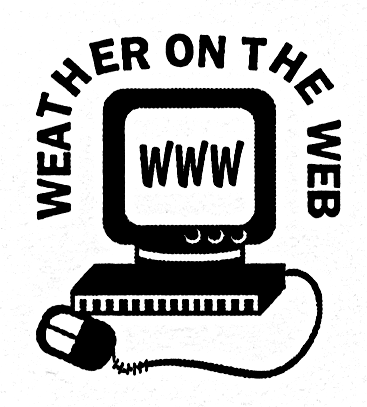
Chapter 14
THE URBAN HEAT ISLAND EFFECT
Goals: To quantify the urban heat island effect during both the daytime and during the night, for both winter and summer, for several cities, using daily and monthly mean temperatures.

| Chapter 14THE URBAN HEAT ISLAND EFFECTGoals: To quantify the urban heat island effect during both the daytime and during the night, for both winter and summer, for several cities, using daily and monthly mean temperatures. |
Data:
Procedure:
Chapter 1 | Chapter 2 | Chapter 3 | Chapter 8 | Chapter 9| Chapter 10 | Chapter 11 | Chapter 12